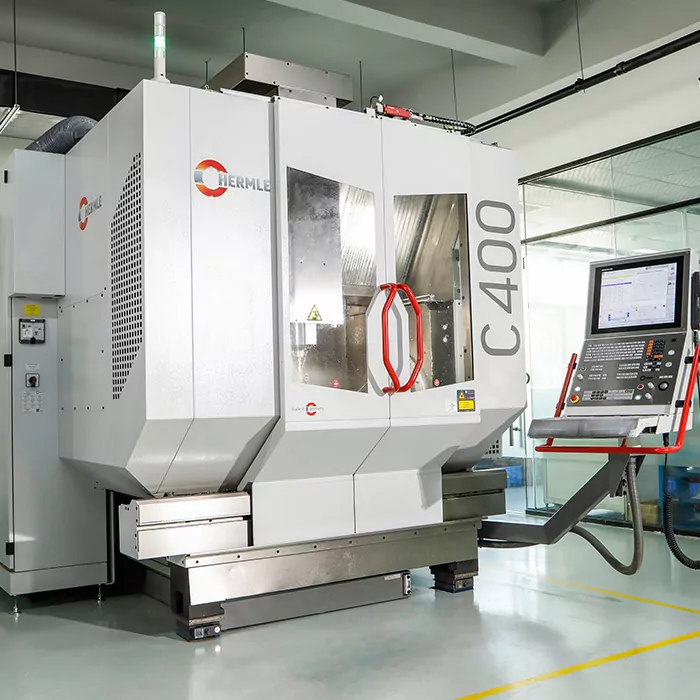Custom machining shops play a crucial role in the manufacturing industry, providing tailored solutions for the production of parts and components. From prototype to final product, the journey of a part in a custom machining shop involves a series of intricate processes that require precision, expertise, and advanced technology.

Design and Prototyping
The journey of a part in a custom machining shop begins with the design and prototyping phase. This is where the initial concept of the part is transformed into a tangible prototype. Engineers and designers work closely with clients to understand their specific requirements and create detailed designs using computer-aided design (CAD) software. Once the design is finalized, a prototype is developed using various techniques such as 3D printing, CNC machining, or manual machining. This prototype serves as a physical representation of the part, allowing for testing and validation before moving to the next phase.
Material Selection and Machining
After the prototype has been approved, the next phase in the journey of a part in a custom machining shop involves material selection and machining. The choice of material is critical and depends on factors such as the part's function, environmental conditions, and cost-effectiveness. Common materials used in custom machining include aluminum, steel, titanium, and plastics. Once the material is selected, the machining process begins. This may involve CNC milling, turning, grinding, or drilling, depending on the complexity of the part. Advanced machining equipment and skilled machinists ensure that the part is precisely manufactured according to the approved design.
Quality Control and Inspection
Quality control and inspection are integral parts of the journey of a part in a custom machining shop. Throughout the manufacturing process, strict quality control measures are implemented to ensure that the part meets the required specifications and tolerances. This may involve the use of coordinate measuring machines (CMM), optical inspection systems, and other precision tools to verify the dimensional accuracy and surface finish of the part. Any deviations from the design are identified and rectified to maintain the highest quality standards.
Finishing and Assembly
Once the part has been machined and inspected, it undergoes finishing processes to enhance its appearance and functionality. This may include surface treatments such as anodizing, plating, or painting to improve corrosion resistance and aesthetics. Additionally, any necessary assembly or integration with other components is carried out to complete the part's functionality. Skilled technicians ensure that the final product meets all requirements and is ready for its intended application.
In conclusion, the journey of a part in a custom machining shop is a meticulous and multi-faceted process that demands expertise, precision, and attention to detail. From prototype to final product, each phase is essential in delivering high-quality, custom-manufactured parts that meet the unique needs of clients across various industries.














